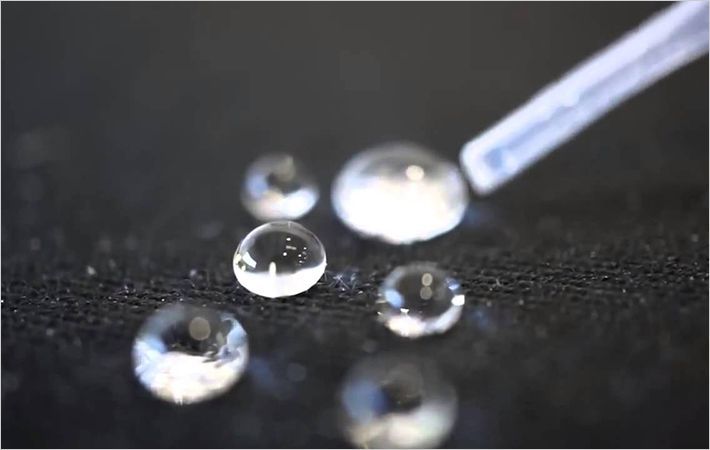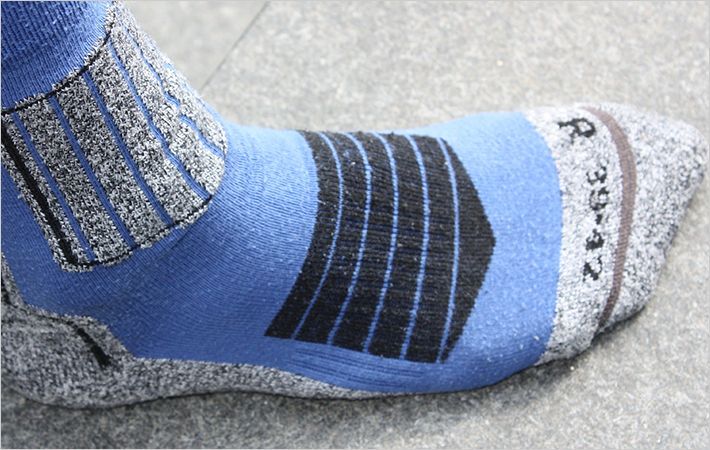In a joint project called “AlBioTex”, researchers at the Hohenstein Institute, B.R.A.I.N AG, and Kelheim Fibres GmbH have successfully developed wound dressings made from bacterial alginate.
The aim of the project was to develop a biotechnological process to produce alginate and then process it into fibre-based products for use in wound dressings. The soil bacterium Azotobacter vinelandii was used as a natural alginate resource. This means that the conventional, time-consuming process of obtaining the biopolymer from brown algae can be avoided and replaced by a sustainable biotechnological process.In a joint project called “AlBioTex”, researchers at the Hohenstein Institute, B.R.A.I.N AG, and Kelheim Fibres GmbH have successfully developed wound dressings made from bacterial alginate. The aim of the project was to develop a biotechnological process to produce alginate and then process it into fibre-based products for use in wound dressings.#
Alginate is a biopolymer (polysaccharide) that consists of the glycosidically bonded monomers, guluronic, and mannuronic acid. Alginate is particularly suitable for use in wound dressings because of its excellent biocompatibility, enormous liquid-absorption capacity and good healing properties.
A time-consuming preparation process is required to obtain the ultra-pure and biochemically defined alginate that is needed for medical applications, for example. Using biotechnology to produce alginate offers the option of synthesising biopolymers which have defined properties and are of consistent quality for use in medical products.
By working specifically on optimising the bacterium's alginate biosynthesis, the researchers succeeded in improving the composition, and therefore the properties and yield of the alginate. This meant that they could make customised alginates that are particularly suitable for producing fibres for use in medical products.
In a pilot production facility, the research partners were able to spin fibres from alginate and alginate-viscose, and turn them into innovative nonwoven materials and wound dressings within the established process. When the new wound dressings were tested in use, the alginate product that had been made using biotechnology was impressive for its liquid absorption capacity, which was significantly better than that of commercially available marine alginate based wound dressings. The bacterial wound dressings absorbed up to 70 per cent more liquid than marine-based dressings. (GK)
Fibre2fashion News Desk - India

